
The fabric of our lives.
From ancient times to today, musicians have given us birthing songs and dying songs; feasting songs and songs for famine; songs for a day’s work and songs for a night’s sleep; and songs to be sung just for the joy of it. From the swell of pride that accompanies the singing of a national anthem to the sense of community from kindred spirits who know all of the words to a familiar campfire song, song is interwoven into the fabric of our lives. Each time we turn on the radio, plug into our iPods, attend a concert, or enjoy music in any of its other manifestations, we are participating in an ancient ritual.
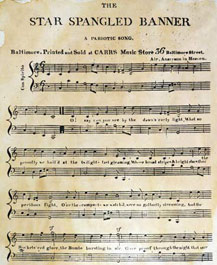
From the swell of pride that accompanies the singing of a national anthem to songs to be sung just for the joy of it, song is interwoven into the fabric of our lives.
|
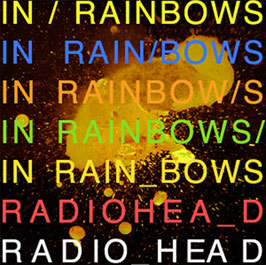
Today’s booming rock and hip-hop scenes offer a direct portal to ancient times, when shamans and elders used music as a method of oral storytelling.
|
A time portal.
Music and spoken word have been joined since ancient shamans and elders began using cadenced singing, drumming, and rhythmic dancing as forms of oral storytelling in order to communicate vital information to nomadic peoples. With their sense of tribalism, movement, performance, and the symbiotic relationship between lyrics and music, today’s booming rock and hip-hop scenes offer a direct portal into a time otherwise lost to the sands of history.
Virtually all ancient cultures – China, India, Persia, the Mesoamericas, Indo-Aryan, Egyptian, and Mesopotamian – used storytelling, with the presentations delivered by orators in song-verse as a way of feeding audiences huge amounts of material in bite-sized chunks.
Lyrical traditions.
The first written tributes – of Sumeria’s Enheduanna to the goddess Inanna, ancient Egyptian love poetics, India’s Vedas, China’s dynastic nature odes, and early Biblical-era works (such as Song of Songs, Psalms of David, and Song of Deborah) – were not poems as we know them, but lyrics, written to be sung.
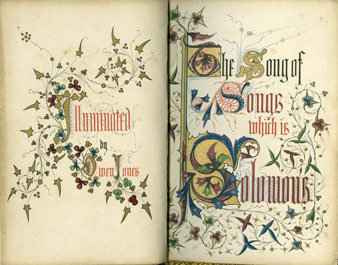
Early Biblical works like the Song of Songs were not poems, but lyrics that were written to be sung. (Owen Jones, Song of Songs which is Solomon's, 1849)
|
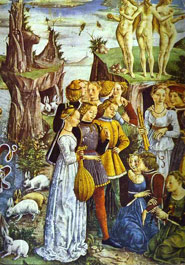
Poet-singers were the rock stars of the Middle Ages. (Francesco del Cosa, Triumph of Venus, 1470s)
|
This lyrical tradition informed and inspired the earliest Greeks. Their lyric poetry spoke to subjects of love, war and peace, nature and nostalgia, social issues, relationships with gods and goddesses, and grief and loss – subjects that feed virtually every lyric-based music genre today.
With the Middle Ages, music and poetry alike enjoyed a period of great prosperity and attention, a result of the burgeoning European feudal system that placed traveling poet-singers such as the troubadours and minstrels at the forefront of courtly living and made "rock stars" of those skilled with the pen, voice, harp, and flute. Provencal composer-poets like Marie de France, Adam de La Halle, and prolific composer Guillame de Machaut broke European prosody out of the iron cage of the Middle Ages by putting words to music through forms like rondeau, canso, madrigal and ballade, then fanning out to Spain, Italy, and England.
Domination, decline, & revival.
After the healthy boon of the Renaissance, lyric work dominated the poetry scene through the 16th and 17th centuries, finding champions in John Donne, Robert Herrick, Basho (in Japan), and others. After a decline in the 18th century, the Romantics embraced the idea of emotion over reason and revived lyric poetry as the ultimate expression of intense feeling. The early 20th century brought little change as lyric poetry dominated in both Europe and America. It was memorized by children in one-room schoolhouses, jotted onto Valentine’s cards, and quoted as often as one might hear their favorite song on the radio. Out of this love of lyric poetry, the parlor song emerged. Songs like "Home Sweet Home," "When the Swallows Homeward Fly," and "Beautiful Dreamer" were played and sung in homes in every region, regardless of social class.
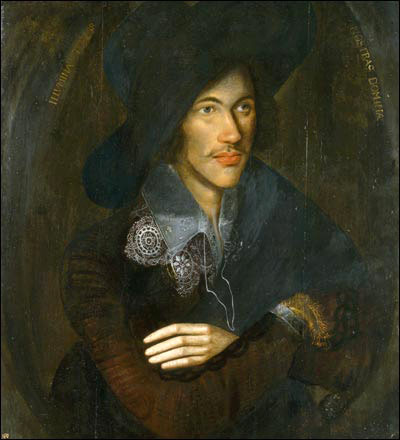
Among others, John Donne championed lyric work in the 16th and 17th centuries.
|

T.S. Elliot wrote this inscription to Ezra Pound. Both poets chose to focus on the grit of daily life. Pound’s work, The Cantos, reflects his affinity for troubadour poetry and song.
|
The old made new again.
The poetic lyrics of Bob Dylan, the Doors, the Byrds, and Joan Baez easily demonstrate the connection between the new and the old. From Baez’s rendition of Poe’s "Annabell Lee," to Dylan’s nods to T.S. Eliot and Ezra Pound (in "Desolation Row"), to the Byrds’ re-working of a verse from the biblical Book of Ecclesiastes ("Turn, Turn, Turn"), the troubadours of the musical revolution of the 1960s honored their forbears.
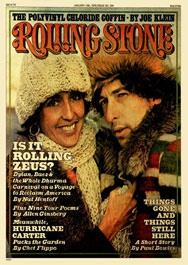
The poetic lyrics of Joan Baez, Bob Dylan, and others honored their forbears
|
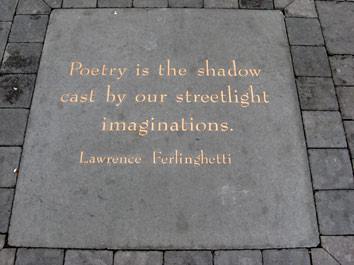
In the late 1960s, Lawrence Ferlinghetti and other poets would open rock concerts with spoken-word performances.
|
While the decade brought about a onslaught of new, cryptic, and appropriately unsettling lyrics, the era also saw a resurgence of old ballads of the medieval and Renaissance minstrels, such as "Barbara Allen," "Silver Dagger," and "Greensleeves." Indeed, the 1960s provide us with a palpable example of the marriage between "traditional" poetry and the poetry of song, with the lines blurred between the old and the new. So interconnected were poetry, performance art, and music in the late 1960s that poets such as Michael McClure, Lawrence Ferlinghetti, Gary Snyder, and Allen Ginsberg opened rock concerts and festivals with spoken-word performances.
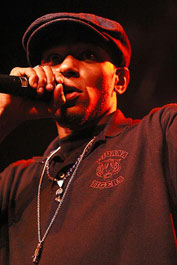
Rap and hip-hop.
Forty years have passed since our latest major lyrical revolution, though many insurgencies have taken place since the 1960s. One of the most hard-hitting is rap, which arose from the inner-city social unrest of the '60s. After germinating in the 1970s, rap broke onto the scene in a big way in the 1980s, finding an audience among black youth and white Generation Xers burned out on a punk rock scene that had de-fanged into New Wave.
Characterized by meticulously rhymed, brutally frank lyrics expounding upon social injustice, sex, drugs, abuse, and poverty, and most often set to a driving beat with little instrumentation, rap lyrics have become the poetic battle cry of those angered by the world around them. By the late 1990s, rap artists shifted their focus from socially conscious lyrics to a tough "gangsta" approach. White youth jumped on the fan base in droves, with Detroit artist Eminem (Marshall Mathers) joining Dr. Dre, Mos Def, Puff Daddy, The Roots, Lauryn Hill, Missy Elliott, and others in lyrically expounding upon the issues that bothered them – much like what Blake was doing on the streets of London two centuries prior.
Future revolutions.
Only time will tell what the next decades may bring for the genre. While rap emerged as an entirely new genre out of the 1960s, most modern lyrics are an extension of what came before, with country, folk, rock, punk, indie, and New Age lyricists adjusting their styles to fit the times. As we head full-force into this millennium with new wars, new threats, new social mores, new concerns, and new celebrations, we may yet be ripe for a new poetic revolution, with song leading the way as the past, present, and future of poetry.
